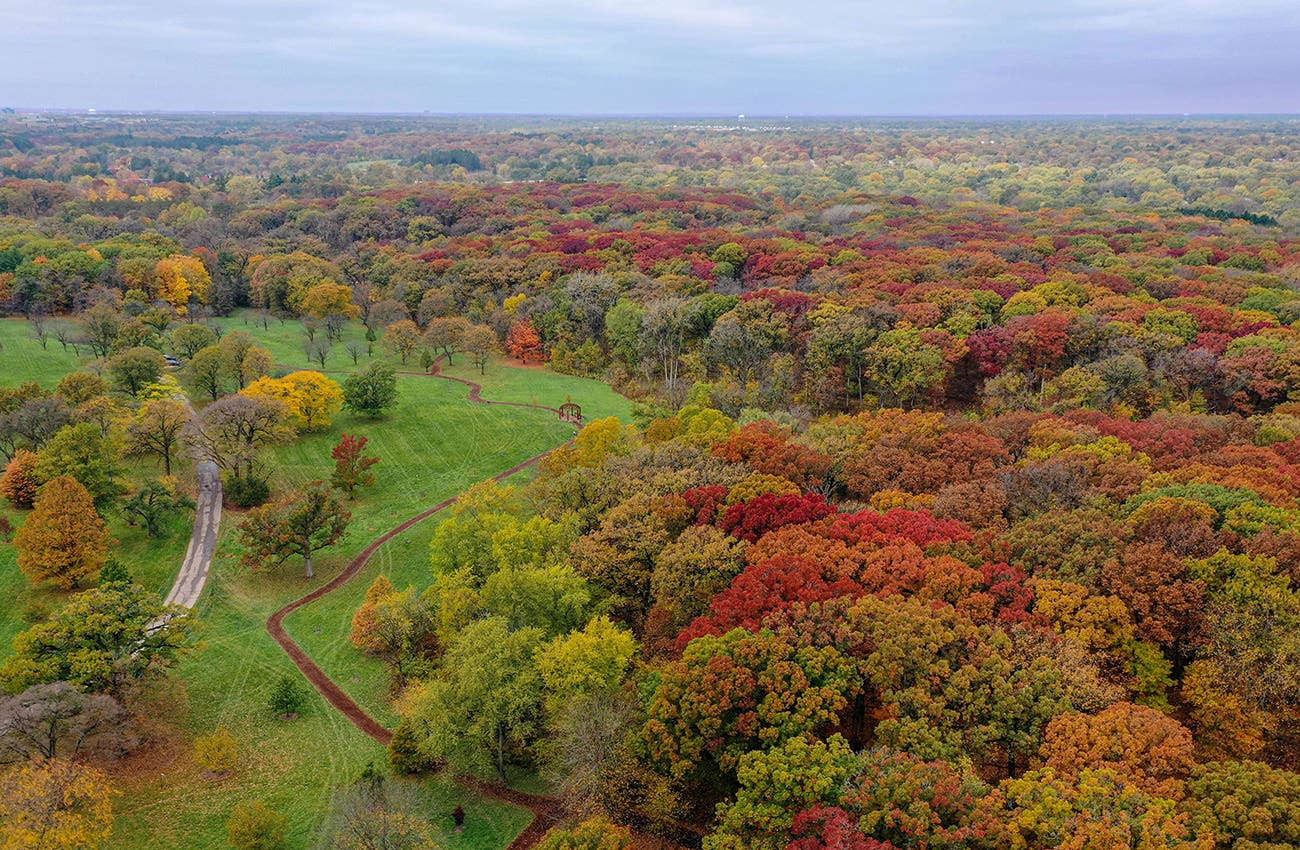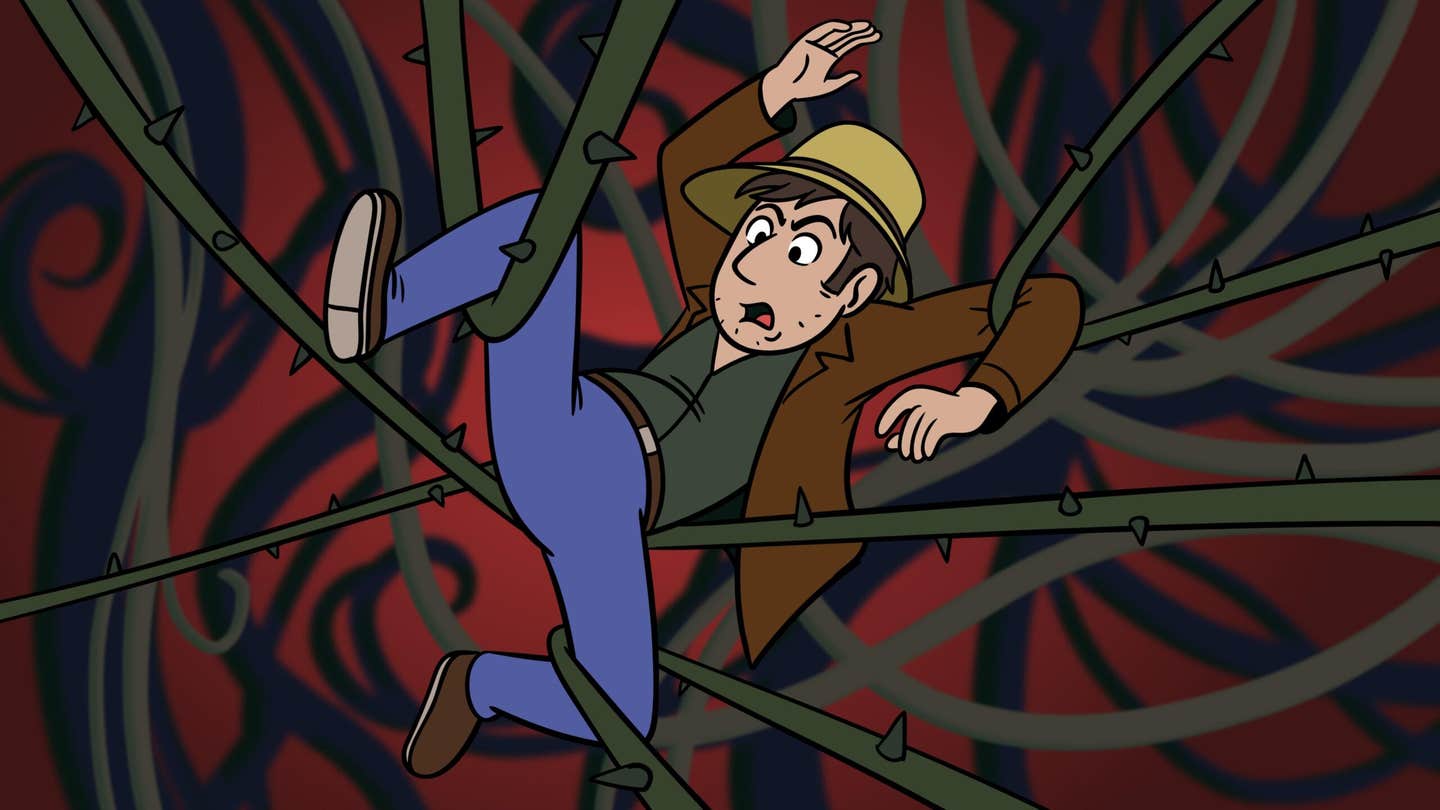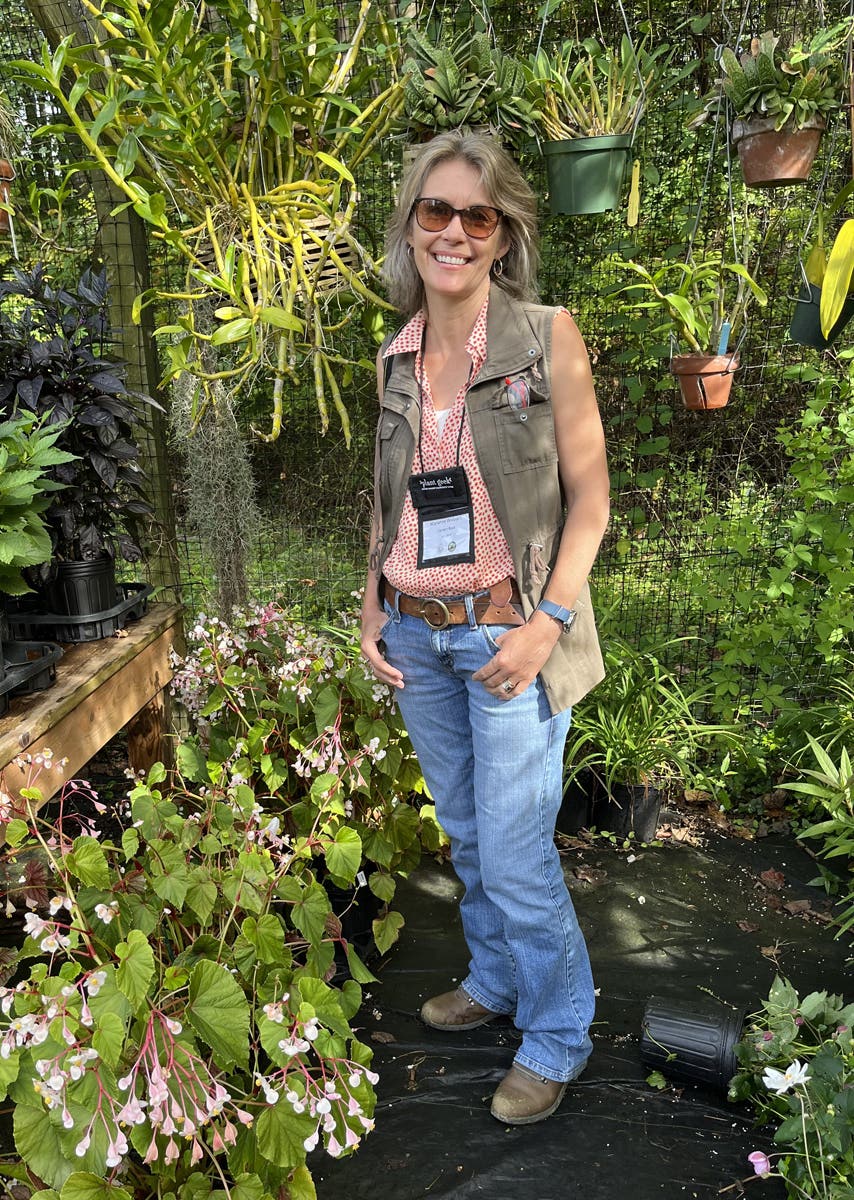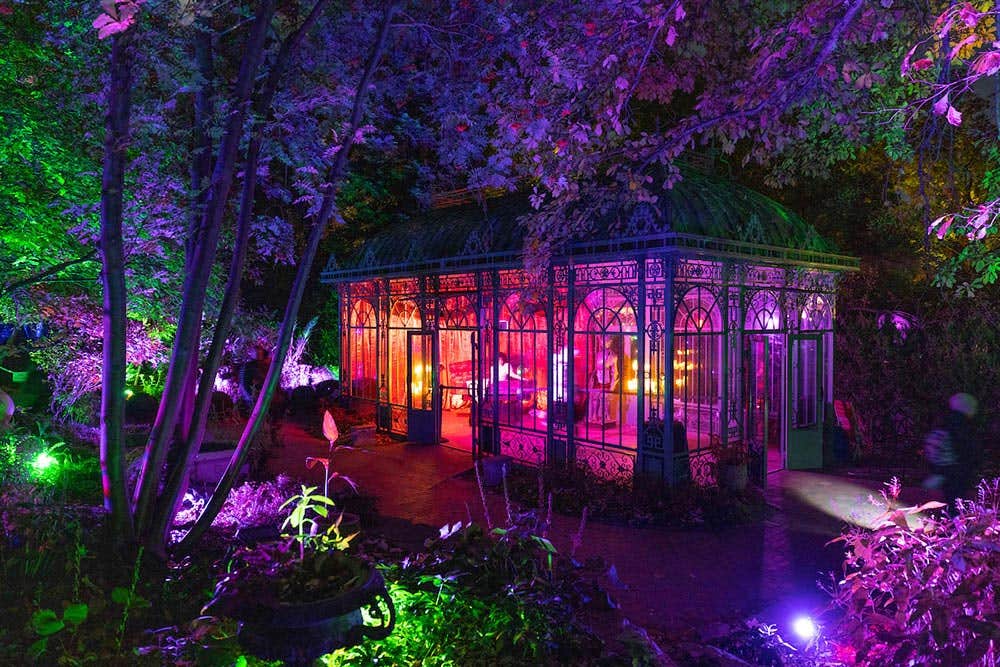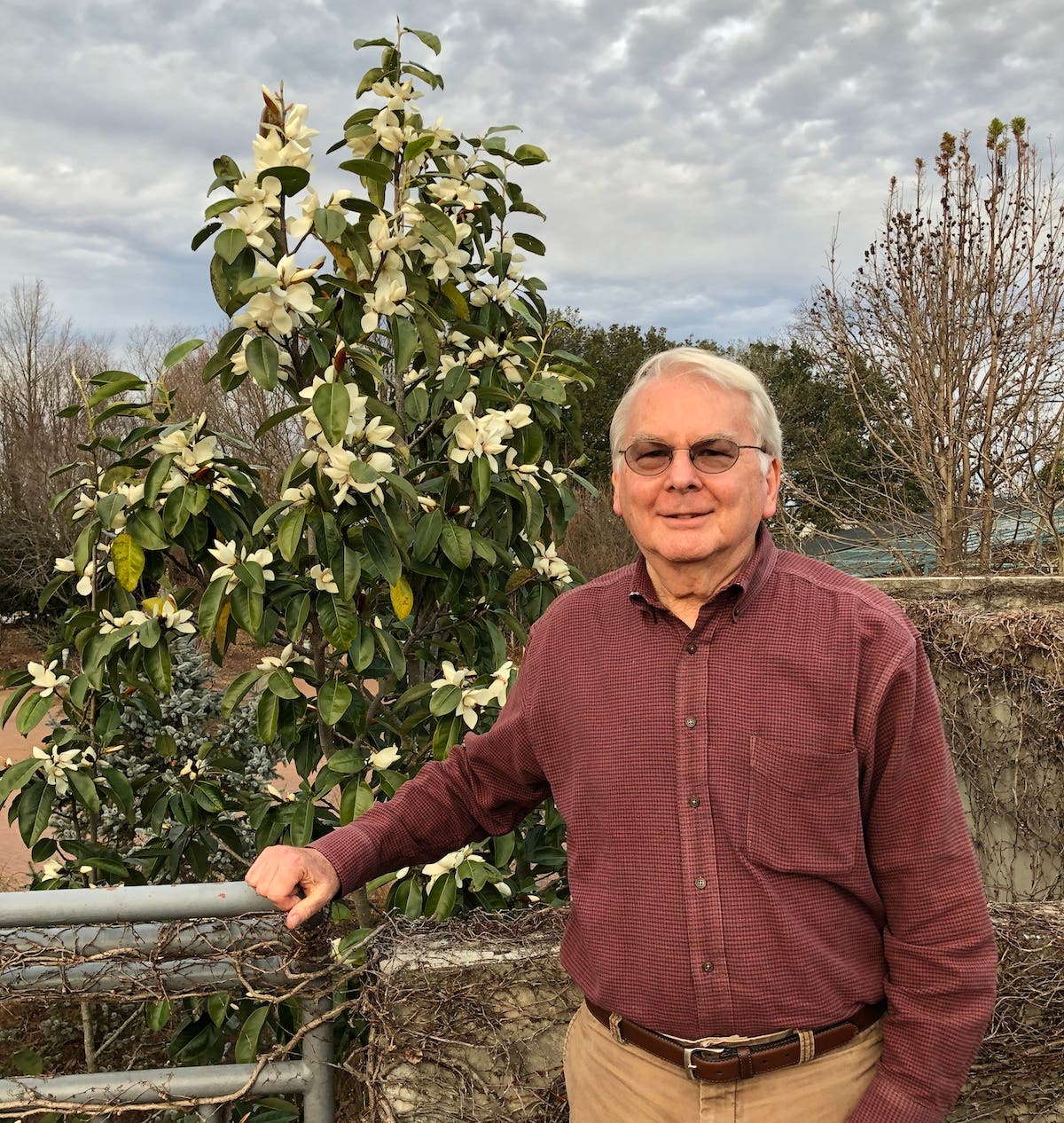An Interview with Kelly Norris, Naturalistic Garden Designer
Kelly Norris discusses the value of naturalistic garden design, public gardens, native plants and more in this interview.
Kelly Norris is an award-winning horticulturist, garden designer and writer whose books include New Naturalism: Designing and Planting a Resilient, Ecologically Vibrant Home Garden (Cool Springs Press, 2021) and Your Natural Garden (Cool Springs Press, 2025). After studying horticulture and plant ecophysiology (how plants respond to their environment), he helped revitalize the Greater Des Moines Botanical Garden, then started his own design practice. He spoke with Horticulture columnist Scott Beuerlein on naturalistic design, the popularity of native plants and more:
Scott Beuerlein (SB): You’re at the forefront of the new naturalism movement and the idea that cities, long thought to be fated as environmental abysses, can, in fact, become oases.
Kelly Norris (KN): Precisely. It’s really about an ecology of the landscape. It’s a big table. Humans are complicated organisms. We have a need to make landscapes. We have an aesthetic vocabulary as humans. We see things. We have a need for beauty.
I think it's somewhat challenging in the ecological space to say gardens are an art form, because the aesthetic vocabulary to describe them is still formative. If you think about it, gardens are probably one of the few art forms that are held exclusively to standards of beauty. There's plenty of visual art in the world that is not beautiful. It's not meant to be. It is meant to be arresting or challenging or confrontational. And when we leave the visual realm and leap into something alive and dynamic like the landscape, people start to lose their heads.
It’s a little strange to me when you really set it up like that. Why are gardens only held to the standards of being beautiful? Why can't they also be a part of the natural landscape even if we’ve “made” them? Why can't they also be habitats? Why can't they also be just interesting and complex? So, in my practice I try to push all these buttons and see which lights stay on.
SB: You know the industry as well as anybody. How far down the path are we to convincing more people to go a different direction, away from lawns. Throughout history owning land carried such a level of prestige. Now it’s more common, but when people finally come to own land, they don't know what to do with it. We’ve got to get people to see the potential for their land and that all of us doing more collectively can solve or mitigate a lot of the issues we're facing.
KN: Well, it's a great question. I think the short answer is that from an industry perspective we're farther along than we realize. And that's typical. Industries are slow to react because they're loosely coupled systems of enterprises. They're an enterprise within an enterprise within more enterprises. So they're not necessarily always the fastest to change because they aren’t centralized. Yet, for this very reason industries are actually quite adapted to change but there has to be a big enough stimulus for a few players to say, “Oh, we need to respond to this.”
I think we're nearing that tipping point. I work with folks in the industry who are working on everything from new plant development to consumer marketing. I act as a sounding board, and the consistent message that I'm passing on these days is that consumers are already taking the jump into ecological gardening while the industry isn’t. Nurseries and garden centers aren't fully there yet. Consumers are looking for really great native plants, even selections or just improved seed strains of native plants that will have predictable, reliable garden performance. What’s available to consumers is still small relative to the possibilities for native plants.
SB: And breeding even a new perennial can take ten years.
KN: Right. We're making decisions now that we won't see the results for five or ten more years. I think people are making the shift and right now they're meeting a relatively scarce and scattered array of resources. It depends on the part of the country. Some nonprofit groups are filling the void. Some aren't. It’s inconsistent. So I think consumers are ready to take the jump but they need resources and they need help. And they need a way to do it at an economical scale.
Maybe the industry doesn't really know it's doing this yet, but I think in 25 years 1-gallon perennials are going to be antiquated, in part because the resource model is just not there. They're expensive to ship and haul. There’s hardly anything renewable about what goes into a standard one-gallon perennial at market today. Proven Winners just announced they’ve moved to some bio-based plastics. That’s long overdue. Other companies are now following suit because they must in order to compete on the topic. So that's a small step in the right direction, but peat is not a renewable resource, at least in our lifetime, and so what's next there?
We also know that a lot of plants don't need to be super big to establish well in the landscape. This is where the deep plug is kind of the way for the future, particularly for thinking about how to affect plantings on a larger scale. If the homeowner has a got a quarter acre and they don’t want to have any lawn, they either must have some money up front or they’ve got to plan to do it in phases over many years. There’s no in-between right now.
SB: People tend to think of naturalistic landscapes on a larger scale, but it doesn’t have to be that way.
KN: I’ve done a 200-square-foot condo garden and a master plan for a 500-acre farm in the same month. I don't care what scale I work at. I like it all. I love working with people who are going to garden with their place. I’ve designed a residential planting for friends who were literally doing it all themselves. It would take them a year-and-a-half to do it, but it's just full of love. It's a choice they're making about how they want to spend their time.
I just see so many possibilities ahead in terms of the motivations that people bring to the landscapes they call home. But then we’ve got to supply them with the right plants for their place, and we’ve got to do so in a way that's sustainable and I think that means smaller plants.
Of course, we do install one-gallon perennials because there's just some species that really are better that way. But even then, I would say probably less than 15-percent of our models are built with one-gallon plants. We love quarts; we love deep cell plugs. In our world, that's much more feasible.
SB: What are some of the plants you like to work with—some of your top favorites?
KN: It really depends on where I'm working because my work is driven by place and by a specificity to site, which means I work with a huge amount of plant diversity, which probably puts me in a category of being rather experimental. I’m more so an artist versus a designer in the sense that I don't have 350 plants or 150 plants that I go to all the time. That's just not how I work.
I'm keen lately on cool-season grasses. Most grasses that we have in the horticulture trade are warm season: little bluestem, big bluestem, that kind of stuff. Great, we need those, but you know C3 grasses (plants adapted to cool-season establishment and growth in either wet or dry sites) are historically a major component of the prairie and they're rare in the wild today, mostly just due to disturbance and pressures from Eurasian species that we've introduced that also compete for those niches. So bringing them back into landscapes is really important because in a warming climate, C3 plants in some respects have a little bit of an edge because of what climate change means for the extremes of seasons and atmospheric carbon-dioxide concentrations.
In the upper Midwest we're forecasted to have longer, slower transitions from winter into spring, and then abrupt hot summers. Longer, cooler, maybe even wetter springs could really favor C3 grasses. So things like porcupine grass (Hesperostipa spartea) and June grass (Koeleria macrantha) are things that we're trying to find more homes for in landscapes, because they just add so much life and animation to the spring landscape.
SB: I think people are surprised by how much naturalistic plantings can intellectually and emotionally affect them.
KN: Recently I was on-site at a public project doing some spring editing. We were there all day because people just kept stopping and wanting to talk. They were endlessly curious. There was this woman who talked with us for at least half an hour. I think her dog was about to eat its leash off. The level of emotional response that she had to the planting was just beautiful. We shared this moment and I feel like I know her now. Like we’ll exchange Christmas cards!
It just goes to show what is missing in so many of our public landscapes. So many of our most culturally incredible places have such painfully boring landscapes. And we just accept that, the lowest common denominator. And so when you change that, when you really do a full 180, and you put something out there like we've done with this hillside meadow at Simpson College, you know it just stops people. It just changes the way people go about their day.
I think it’s good and right to have a public commons where those kinds of conversations and reactions are happening. That’s an Olmstedian idea. One of the brilliant pillars of Olmsted's legacy was this strong belief in a kind of democratic idea that landscapes should be part of the public commons. They should be places where people have conversations and explore and talk and deliberate. That's more relevant than ever today. People may joke when they say that gardens can change the world, but gardens have been changing the world for the whole existence of the human species. We make them. They're part of us and they're part of our way of exploring the places where we're living. Of course they can change the world! And I hope that some little bit of the work I do brings people to that reality.
Image credits: Portrait by Austin Hyler Day. Gardens by Kelly Norris.


